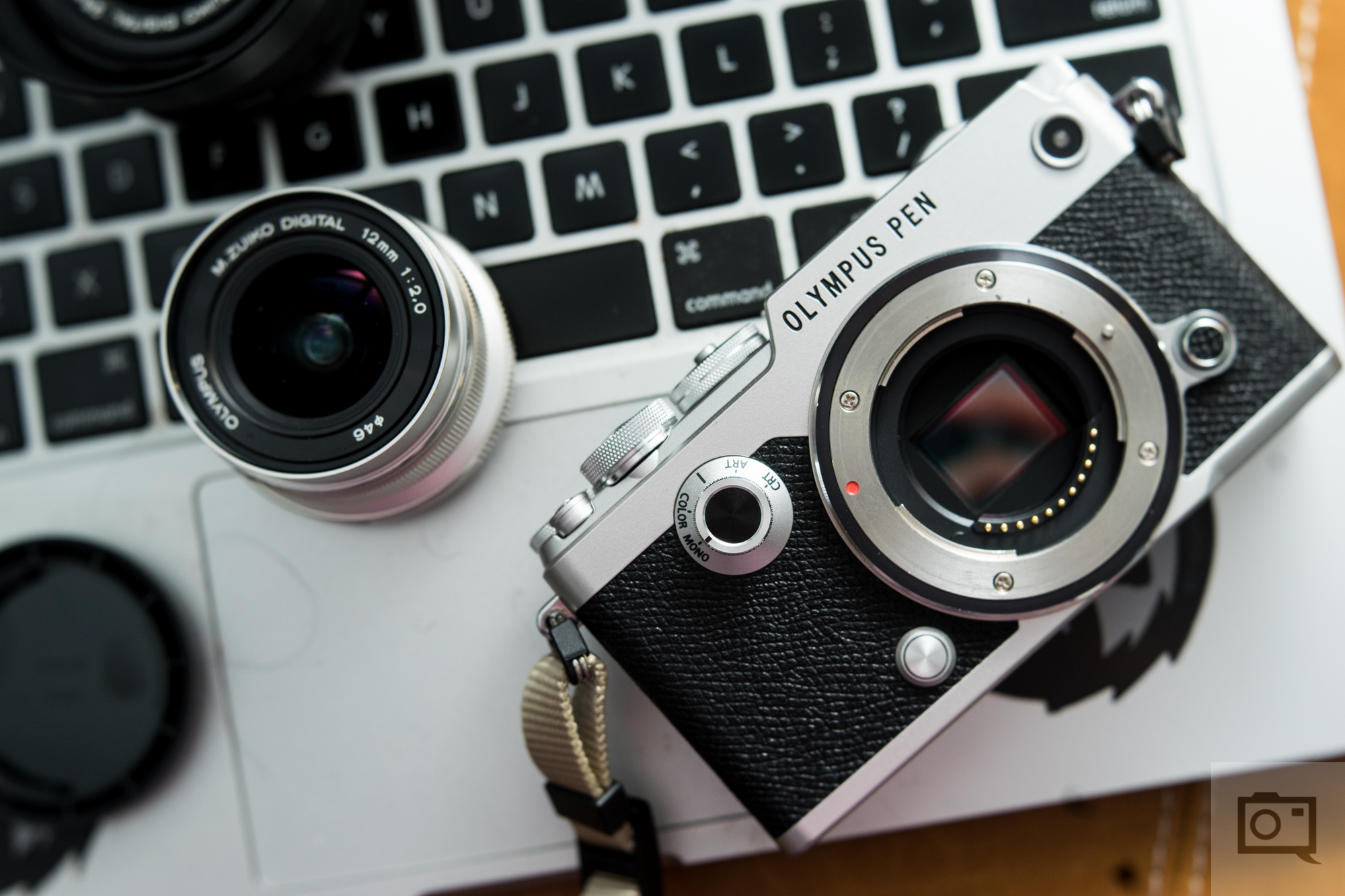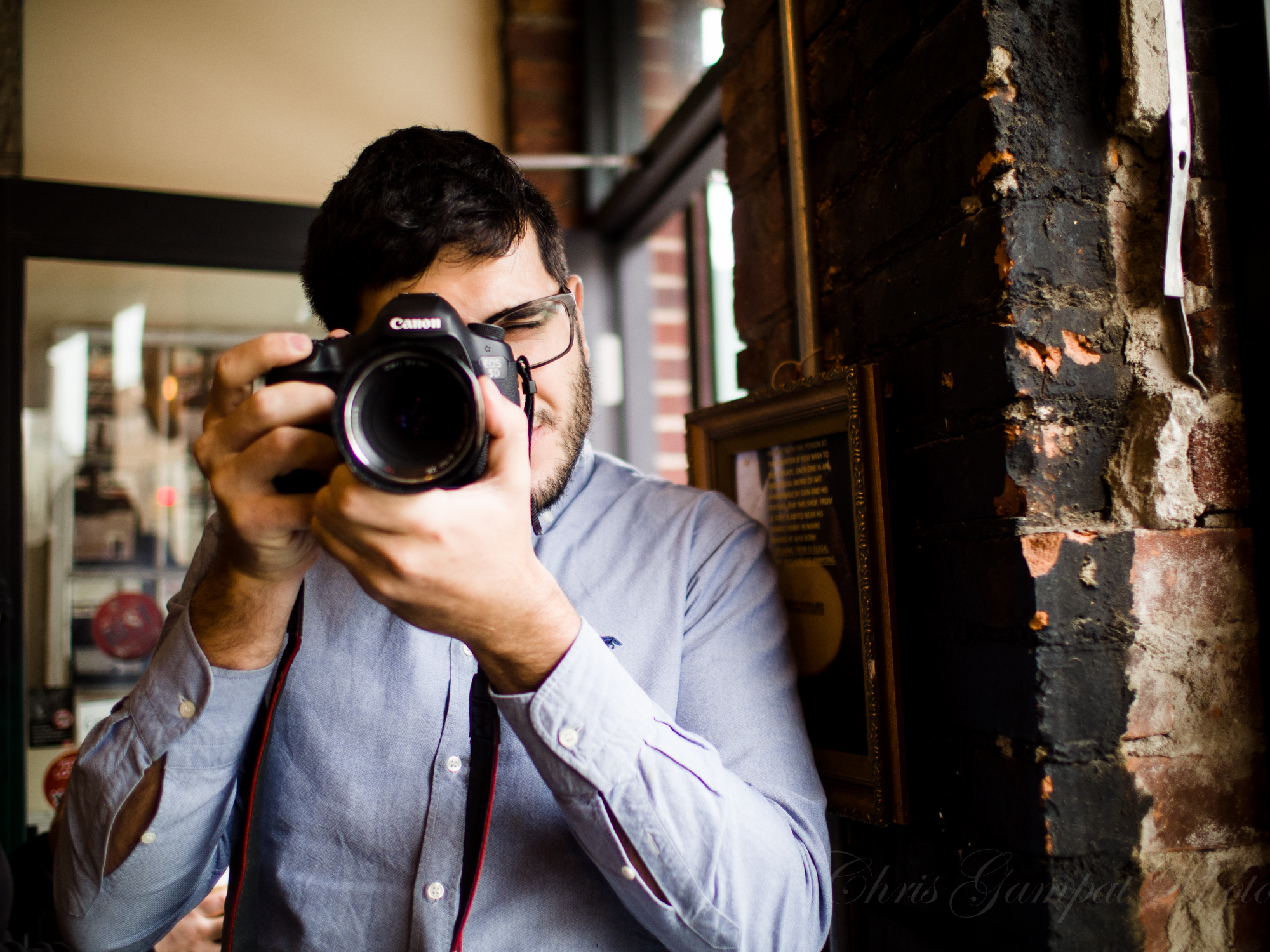Last Updated on 10/01/2020 by Chris Gampat
While I’m sure the Olympus OMD EM5 Mk III is a great camera, I really just wanted a new Pen F.
Earlier today, Olympus announced their new OMD EM5 Mk III camera with a fair amount of new tech, along with some recycled tech derived from their higher-end cameras. Some will deny Olympus and Micro Four Thirds their rights to the camera market, but I’d disagree. They’re often tied with Fujifilm for having some of the best ergonomics, and I think the way to approach shooting them is completely different. The way you think about a Leica M or the Leica SL’s use in a different wavelength than other camera makers is how you should think with Olympus. While our entire industry embraces the philosophy of shooting in RAW and editing later, I’ve gone against that philosophy for a while. I opt to get it right in-camera as much as possible as we shouldn’t be using post-production as a crutch. To that end, embracing the unique tech inside of Olympus cameras is worthwhile. All of this could have been better emphasized with a beautiful, revamped Olympus Pen F camera.
Editor’s Note: This isn’t a sponsored post. Olympus and Nikon are the only camera manufacturers that never do direct advertising sales with us. And we’re about to turn 10 years old!
The Slide Film Mentality
The previous times I’ve used Olympus cameras within the past year or two, I’ve found that their sensors aren’t as versatile as bigger options. And that’s fine. Years ago we said that about the Leica M9’s sensor and today we’re all about it, but that sensor also had a specific look. (I’ll talk about the specific Olympus look in a second.) With Olympus cameras and Four Thirds sensors, we need to think of slide film: we need to get it right in the camera. We need to shoot for the JPEG and not the RAW file. It requires extra work from you, but it turns you into a true photographer that would spend more time working on an image in-camera than in front of a screen.
Ideally, it means an Olympus camera could be a great learning tool or one for a master. That’s the mentality I think the Olympus Pen F embraced. When you used that camera, it was easy to get caught up with their new black and white simulations that looked like film. Photographers who used it ideally shot for the JPEG. They were so enamored with the look that they didn’t need the RAWs necessarily. That’s not to say that they’d get rid of them, but the JPEG was good enough. These photographers also worked to get their photos perfect in-camera. Paired with a lens like those from Voigtlander and you’re all about it.
Olympus Art Filters Are So Fun

Let’s build on the JPEG mentality. Do you really need to be a photographer who would spend hours and hours in post-production to feel like a professional? Honestly, I don’t think so. There’s nothing wrong with it, but I feel like the new “Pro photographer” spends hours doing this or photoshops an image to hell before posting it to Instagram. I never understood what was wrong with flawed images, character, and getting it right in-camera. Beyond this, I feel most photographers don’t try what’s available with their camera. Photography manufacturers pump all these features into cameras and we end up only working with just a few. What about multiple exposure mode? Or Composites?
Now again, let’s bring this back to the idea of an Olympus Pen F Mk II. Why didn’t Olympus do it? Instead of going after the higher-end market they aimed for with the EM1X, I think they should have gone after the enthusiast. Olympus, throughout pretty much its entire history, has mostly appealed to the consumer and hobbyist. Most folks are hobbyists. Slap those Art Filters on the video modes, use the image stabilization, and give photographers even more creativity to shoot and post to Instagram and you would’ve been golden.
Forget About Bokeh and Embrace Life Wider Than f5.6
Bokeh and the shallow depth of field you can get with cameras that have larger sensors is really nice. But, bokeh isn’t everything and I think we need to remember that. At f5.6, Olympus cameras render an f11 equivalent due to the crop factor. So you don’t need to stop down that much. Lenses with an f1.8 aperture render an f3.6 full-frame look. It means you can shoot wide open in the dark and always have your subject’s face fully in focus. Embracing this philosophy with a few small, fast primes and a Pen F would mean that photographers could have had a fun camera to take around with them at all times. Combine all this together, and I think Olympus missed the boat here.
I was waiting for a new Pen F and not a refresh on the OMD EM5 Mk III. As it is, the Mk III is being pushed down the lineup and the EM5 series is seen as more consumerist. I think that a new Pen F was needed before this.





